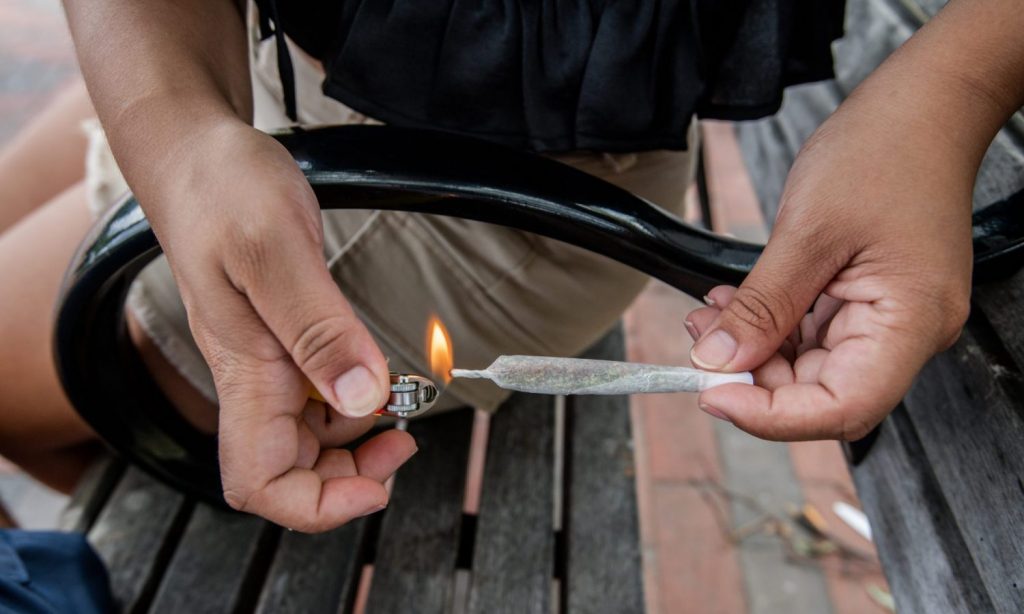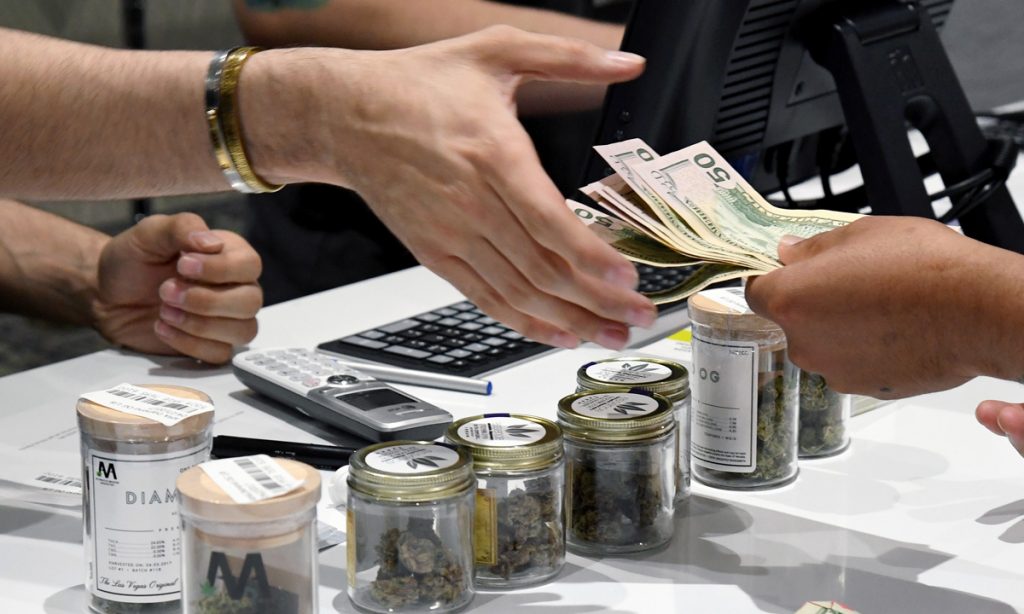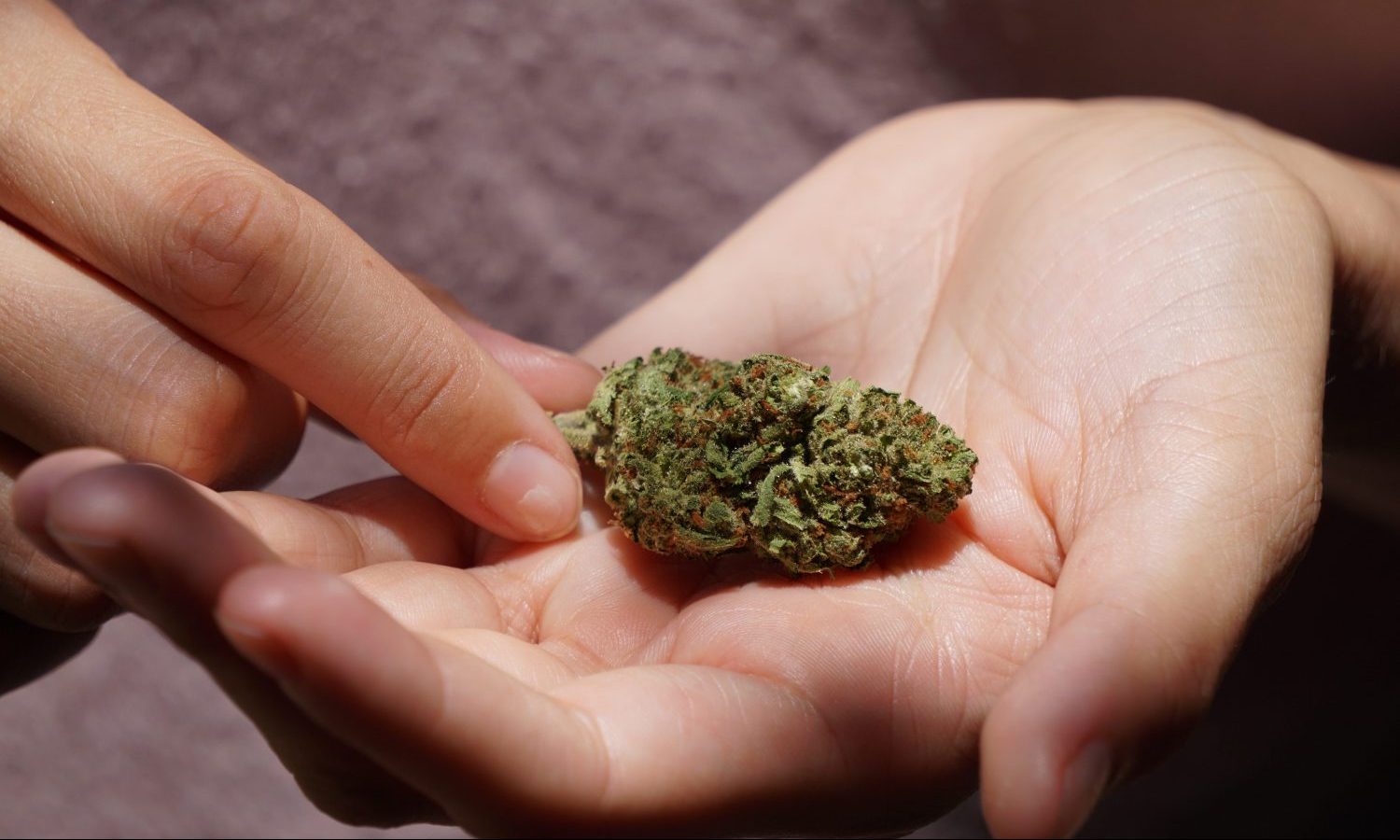The Stifel survey found that post-COVID, 65% of consumers said they expect to maintain consumption with 17% suggesting increased consumption.
Cannabis consumption rose during the height of the COVID crisis as anxiety and lockdowns prompted many to increase the amount consumed. According to a new survey by Stifel, it doesn’t look like consumers are going to return to pre-pandemic levels of use. This is good news for cannabis companies.
The survey also determined that cannabis remains a resilient category despite increasing options for discretionary spending as people ease out of COVID restrictions. The research firm surveyed both U.S. and Canadian cannabis consumers and said it reinforced its opinion that the U.S. landscape looks positive while suggesting a mixed outlook for Canada.
The survey confirmed that price is more important to Canadians than to U.S. cannabis shoppers. It also learned that regular cannabis consumers continue to prefer flower, while new cannabis consumers prefer edibles, beverages, and topicals. Another key item in the survey said location is the most important element for store loyalty. “We believe these three categories have the potential to drive mainstream conversion given the accessibility, discretion, ease of use, and familiarity with Headset data suggesting stronger branding power for these segments versus inhalables.”

No Post Pandemic Change
The Stifel survey found that post-COVID, 65% of consumers said they expect to maintain consumption with 17% suggesting increased consumption. “We believe increasing incidence and consumption by existing consumers will be consistent category tailwinds, but the Canadian market’s growth is predicated on the ongoing conversion of the illicit market through expanding retail access and product availability.” The report also noted that the edibles market in Canada has been difficult for producers and believes that the category won’t be fully successful without regulatory changes.
RELATED: The Cannabis Industry’s ‘Essential’ Upside From COVID-19
The category is fairly new, but producers face strict regulatory requirements. There are limits on THC levels and packaging limitations make it hard to build brand awareness. Edible also can’t resemble any type of candy that could appeal to children, which has boosted the illicit market.
Bargain Shoppers
Canadian consumers are more price sensitive than U.S. consumers. Stifel said that price and quantity were the top two priorities in each survey with Canadians putting a much higher importance on price (31-37% vs 25-28%) versus US consumers significantly outpacing the next highest priority (10-15% vs 3-5%).

The survey found that 30% of Canadian consumers suggested price was the number one determining factor in choosing a retail location. “We believe this underscores the Canadian producers’ difficulty in profitably capitalizing on Canadian cannabis category growth. Novelty and brand were the least important priorities for Canadian consumers. Headset trends outline significant turnover for the top ten brands with seven of the current top 10 brands discount or deep discount offerings.”
Location, Location, Location.
Stifel said that location is the number one determining factor in where Canadians purchase cannabis. The survey revealed that 83% of consumers typically buy from the same location, highlighting strong customer loyalty. “We see the results as supporting well-capitalized and well-established operators able to expand quickly and secure desirable locations, especially in Ontario. Store proximity, price, product selection, and technology were among other factors in order of importance driving purchasing decisions.”
RELATED: Weed, Booze, Sex And Other Consumer Trends Likely To Continue In 2021
Beyond the survey, the analysts took a look at active store licenses (both on an absolute and per capita basis) and other accessibility metrics by province and region of the Greater Toronto Area (GTA). They found that some areas were past the point of saturation and others had extremely limited access and, thus, have room to accommodate many more stores. That could mean that companies may consolidate poorly performing stores and invest more heavily in better locations.
In Closing
“While we continue to outline a negative overall approach to the most senior Canadian producers, LPs have the ability to invest behind R&D and commercialize products in the Canadian market. The US MSOs have the ability to leverage growing infrastructure to commercialize emerging product concepts.”
This article originally appeared on Green Market Report and has been reposted with permission.


